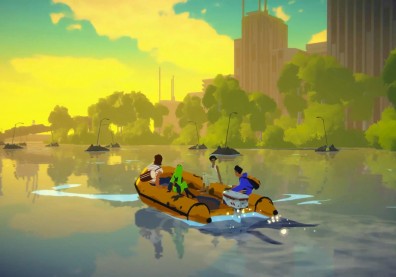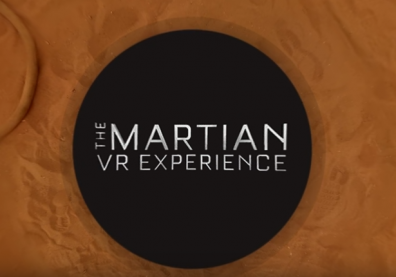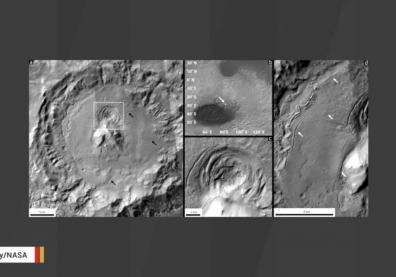NASA's Curiosity rover has found more evidence that Mars was once habitable billions of years ago, possibly capable of supporting microbial life. As the little bot goes around a region of layered mountain on the Red planet, It's drilling as it climbs, and the samples it has uncovered bare to have a variety of minerals, chemistry, and textures. These samples are studied by scientists and aids them paint an illustration of how primordial groundwater interacted with the rocks and changed over time.
Boron: An Exciting Find of Curiosity
NASA confirms that Boron was found for the first time on Curiosity's trip. The existence of this element on the planet is thrilling because it's very water soluble. Characteristically, Boron is found in places where water has evaporated leaving it as a residue. Even more interesting is that this was found inside mineral "veins" on Mount Sharp. These veins are crevices in the Martian rocks full of chemicals. It's thought that these chemicals used to flow inside ancient groundwater on Mars. When the groundwater finally evaporated, the chemicals were leftover in the cracks.
Mars May Have Been Evidently Habitable
If that's true, that means this groundwater may have been for the most part habitable. Not only was it a liquid, but it was possibly warm and not too acidic in order to dissolve the boron. So even regular bacteria could have permeated these waters. "It's telling us this water is very remarkable and has this dynamic chemistry," Patrick Gasda, a post-doctoral student at Los Alamos National Laboratory, writes The Verge.
Scientists likewise consider that the groundwater reacted with the bedrock over time, changing the chemistry of both the water and the rock. And it's these types of chemical reactions that support life here on Earth. There is, of course, no direct signs of prehistoric life have been found just yet on the Red Planet. Nonetheless, the proof of this groundwater system feasibly encompasses the period of time when Mars could have been habitable. And that increases the likelihoods that life was there.









